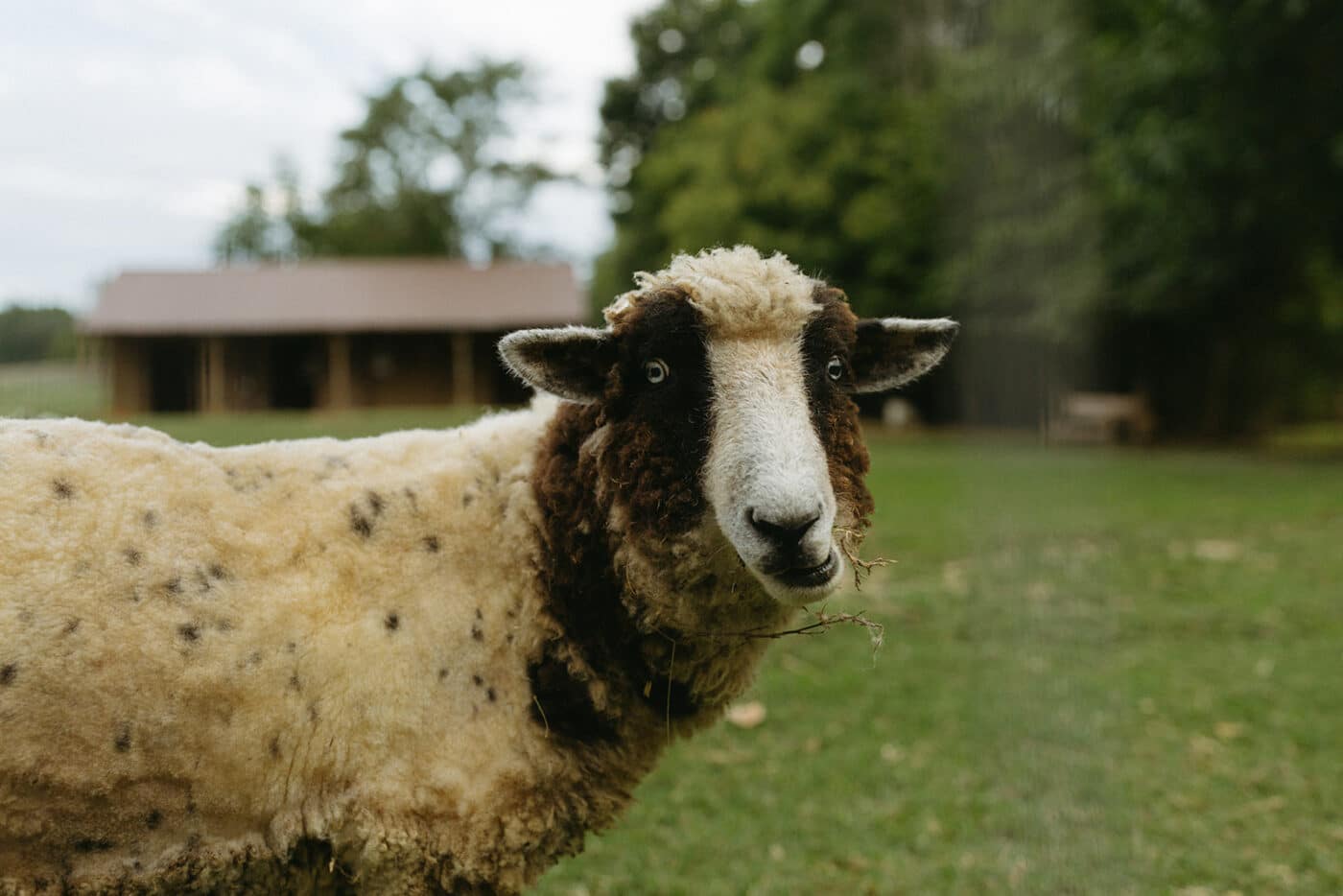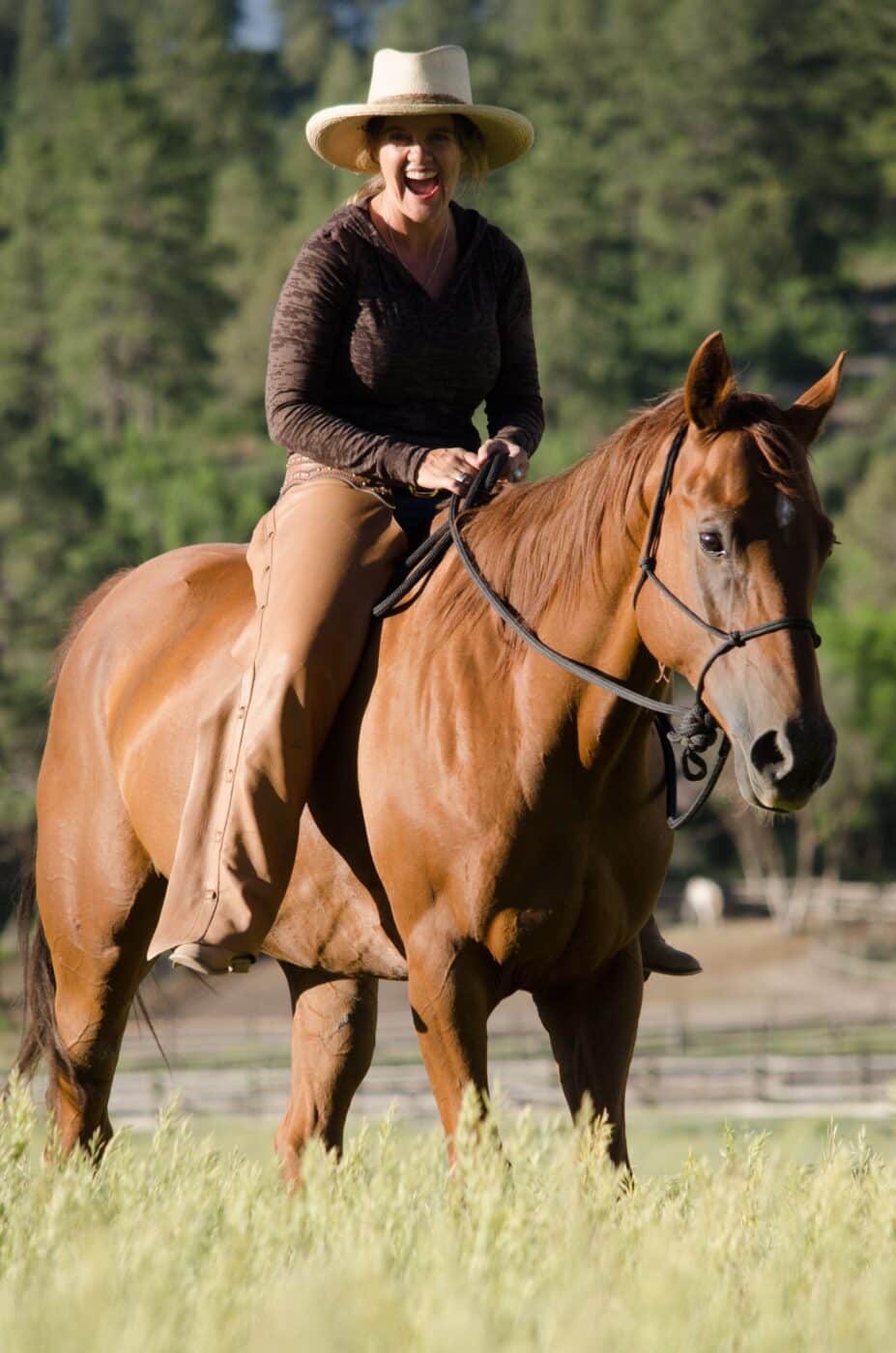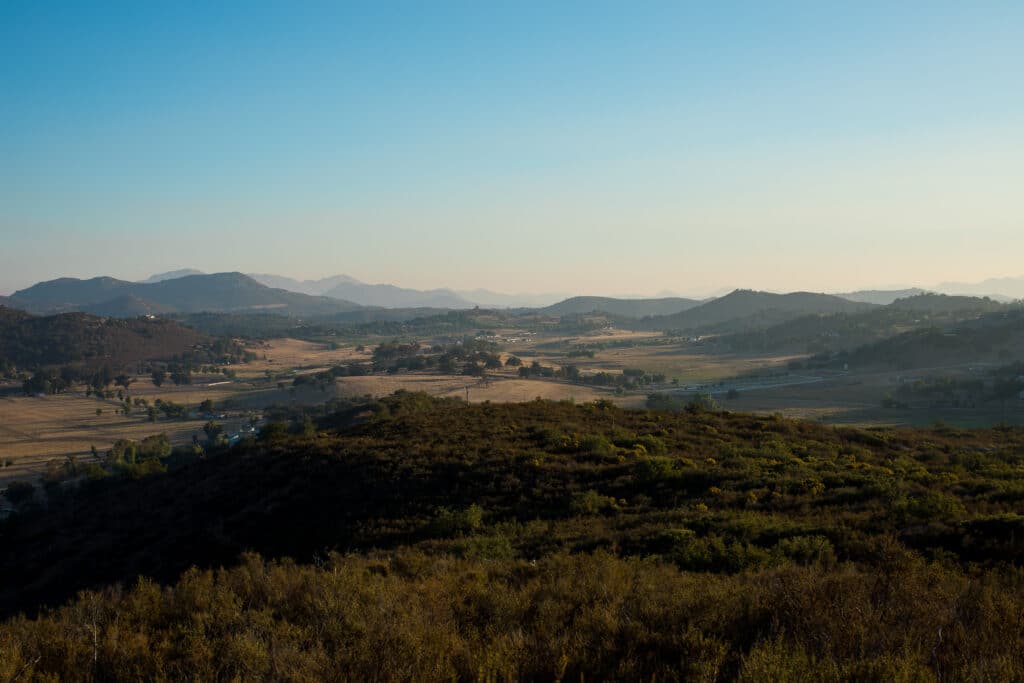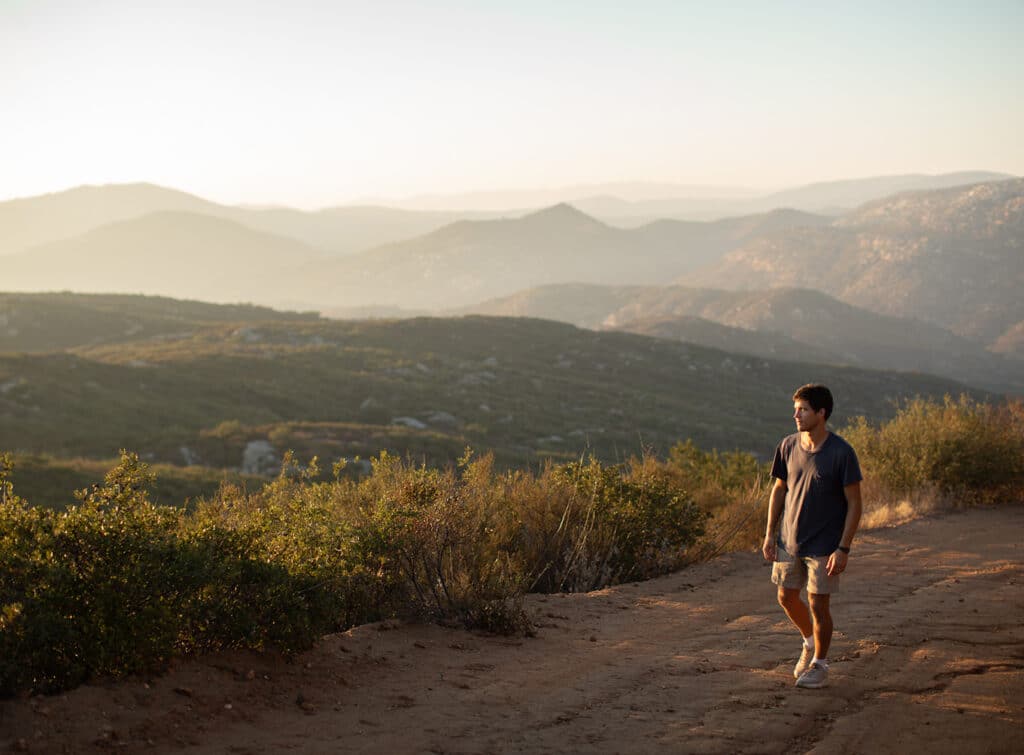A few years ago I lost my longtime canine companion, Huck. Around that time, I went to visit my horse, Finn. I board him at a barn nearby and as I went through the motions of catching him and getting ready for a ride, I was a bit numb and working to stay distracted from feeling the sadness that was on the verge of taking over.
As I brushed him, Finn was in a state. He kept throwing his head and leaning into me. I was trying to figure out what was happening and quickly determined it wasn’t something physical. I initially got frustrated that he couldn’t settle until I had the forethought to stop and be present with Finn. I realized that Finn had repeatedly been trying to put his head on my chest. It was as if he was telling me, in his own way, to get out of my head and connect with my heart.
I then remembered that my horse, like me, loved my dog, and this was the first time I’d arrived at the barn without Huck in tow. I took a big breath and immediately started sobbing into his neck.
Finn instantly calmed down, lowered his head, and wrapped his neck around me.
We stood in this position for twenty minutes as I wept. Slowly, I began to match Finn’s breath, transitioning from my short, rapid, shallow breathing to his slow, steady breath.
Finn remained steady as I wept and created a safe space for me to express and process my emotions. After this experience, I reflected on the beauty of experiencing what I consistently teach people about co-regulating with animals.
What is co-regulation?
As humans, we are hardwired for connection and safety. From our very first breath, through a process called co-regulation, our automatic nervous system scans our environment for attunement with another being to find security and grounding.
When co-regulation happens, there is an energetic exchange that helps both creatures get into a ventral vagal state to feel safe, secure, and grounded at the moment.
That’s a fancy way of saying we are biologically designed to draw from the energy of the forces around us, learning early on how to get our need for safety met. We learn to self-soothe through this process and how to attune to our surrounding environment.
In a perfect world, we all grow up co-regulating with a healthy and emotionally stable caretaker, without the presence of adverse childhood experiences. For many of us, this is not a reality, and many times, we encounter instances when our needs are not met. When we experience trauma, our life experiences inform us that relationships are unsafe. And therefore, our ability to co-regulate with safe people is hindered.
Good news, if co-regulation is something you lack experience in, we can learn, practice and obtain this vital process as adults. The more we practice co-regulating and self-soothing, the quicker our brain wants to return to a state of calm when stressful situations arise.
SIGNS THAT YOU ARE REGULATED
When we are regulated, it can feel like an internal sense of assuredness. We’re able to cope with life and find grounding, even in the midst of struggle. We regulate through co-regulation, (ourselves and someone else) or self-regulation.
Regulation looks like:
- Steady heart and breathing rates
- Ability to manage stress in a healthy and productive manner
- Stable decision-making skills
- Calm, steady demeanor
- Feelings of safety
SIGNS THAT YOU ARE DYSREGULATED
When we are unable to co-regulate with a safe being, or self-regulate within ourselves, we may become dysregulated. Dysregulation can cause us to not feel rational, safe, or present.
Dysregulation looks like:
- Impulsive behavior
- Racing thoughts
- Erratic, shallow, or rapid breathing
- Increased heart rate
- Feeling dizzy or lightheaded
- Tightness in chest
- Lack of emotional awareness /inability to identify what you are feeling
- Foggy or fuzzy brain
- Lack of focus or inability to make decisions
- Feeling reactive, snappy, or irritable
How can animals help us co-regulate?
Most of us think of co-regulation as happening person-to-person. But, using my experience with my horse, Finn, as an example, co-regulation can occur between any two living, breathing beings. In fact, co-regulation is not only possible with animals, but sometimes it’s more accessible if we have experiences in our past that hinder our ability to be vulnerable with other humans.
Like humans, animals are also hardwired for connection and safety. For example, horses’ primitive instinct is to stay safe and alive, which requires connection to their herd. They also have a calmer nervous system than humans, Horses’ hearts naturally beat less per minute than humans and the baseline of their automatic is quieter than ours. Therefore, they breathe less, and when we match our breaths to theirs, it automatically slows our breathing and brings calm to our nervous systems.
At Onsite, we are particularly fond of horses, but there are several animals whose dispositions are particularly suited for co-regulation. Many of which we’ve begun to add to our “herd” on our Tennessee campus including dogs, cats, sheep, goats, and pigs.
If you’re ready to tap into the power of your pet to meet you exactly where you are today, check out the five suggestions below!
5 Ways to Co-Regulate with an Animal
1. Regulate your breathing: Placing your hands on a calm animal and matching your breath to theirs can calm your breath and regulate your nervous system.
2. Practice grounding techniques in the presence of an animal: Meditation, stretching, and breathing exercises can all be done while your companion holds space.
3. Snuggle: Physical contact with an animal, while co-regulating, does wonders for our mental, emotional, and even physical health.
4. Tell an animal about your day: Share with them the ‘highs and lows’ you’ve experienced and name the feelings. When we name our emotions out loud, we can lessen their charge and better regulate their impact.
5. Play: Let your inner child enjoy an experience with safe animals!
Discover how the beauty of nature and the insights of our world-class clinical team can guide you on an adventure of
growth and
healing.
Our emotional wellness adventures let you get away from the every day, immerse yourself in nature’s nurturing embrace, reconnect within, and reset.
For more articles from our clinical team, descriptions of Onsite’s robust digital and in-person experiences, and powerful stories from Onsite Alum, pick up a copy of our annual Onsite Journal.
ABOUT THE AUTHOR:
Megan Repass, MS, CCTP, LADAACII, CCM, Equine and Adventure Therapy Director

Megan has served in the helping profession and mental health field for 14 years, working as an outdoor educator, director of a youth mentorship program, counselor and director in a co-occurring residential treatment program, and adjunct professor. She earned her master’s degree from Lipscomb University in psychology and a license in substance abuse counseling. She is a certified clinical trauma professional and utilizes modalities such as EMDR, IFS, psychodrama, and experiential therapy.








